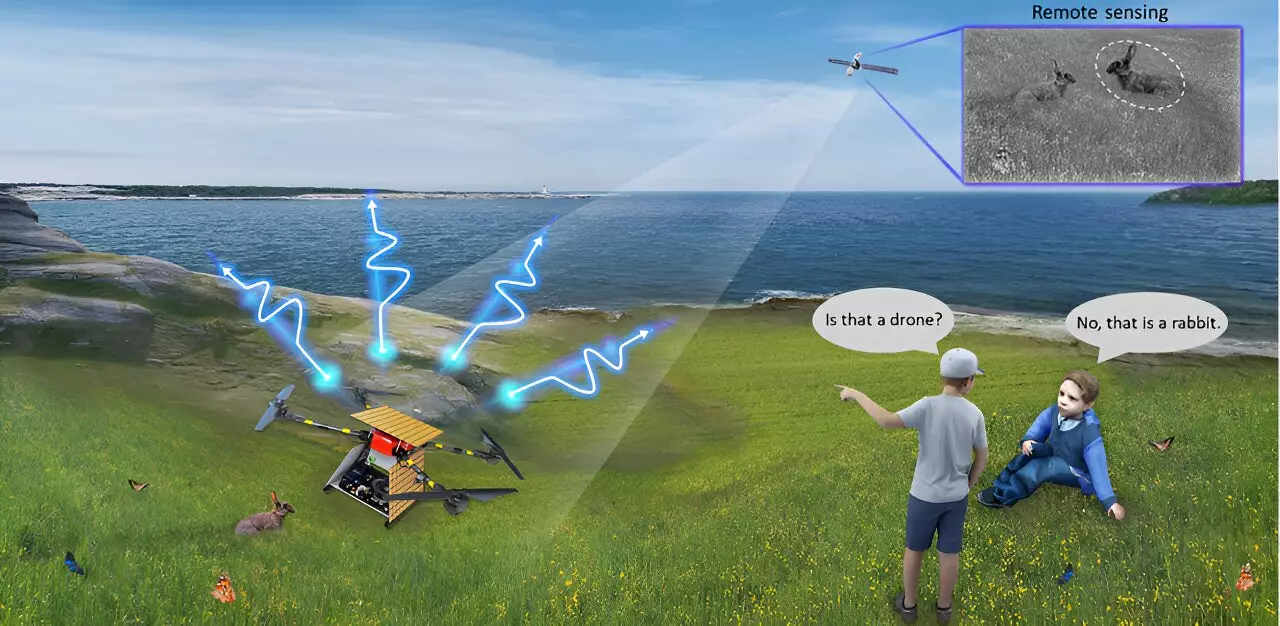The quest for invisibility has always been a fascination for humanity, from ancient camouflage techniques to the cutting-edge cloaks of today. Zhejiang University has made significant progress in this field by introducing an intelligent aero amphibious invisibility cloak that can adapt to changing environments seamlessly.
While the concept of invisibility cloaks has been explored for decades, creating a cloak that can manipulate electromagnetic scattering in real-time presents a significant challenge. The complexity lies in the need for advanced metasurfaces and intelligent algorithms to address issues like incomplete inputs and non-uniqueness.
The team at Zhejiang University has taken a bold step forward by unveiling a self-driving, cloaked unmanned drone. By integrating perception, decision-making, and execution functionalities, this drone showcases the power of spatiotemporal modulation applied to metasurfaces. The use of a generation-elimination neural network offers a globally guided approach to achieving adaptive invisibility across various landscapes.
Through a groundbreaking experiment, the team successfully demonstrated the capabilities of their innovation across sea, land, and air. The fusion of spatiotemporal metasurfaces, deep learning, and advanced control systems opens up new possibilities for invisibility cloaks on aerial platforms. The neural network acts as a sophisticated commander, revolutionizing the way waves interact with metasurfaces.
The work done by Zhejiang University serves as a catalyst for future research in materials discovery and the development of adaptive meta devices. By overcoming current limitations such as bandwidth constraints and polarization challenges, further advancements in invisibility technology can be achieved. This innovation paves the way for a new era in the evolution of invisibility cloaks.


Leave a Reply